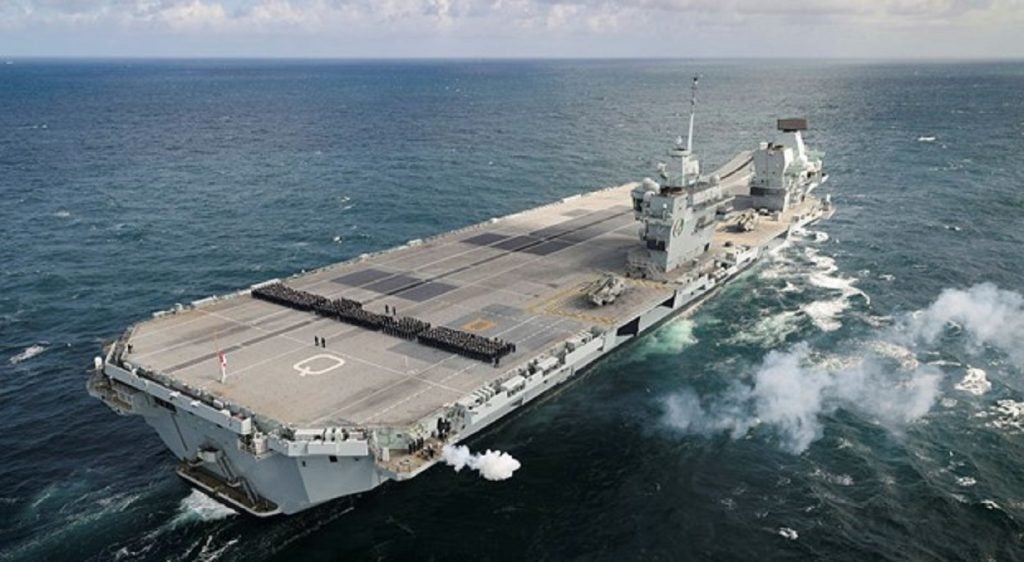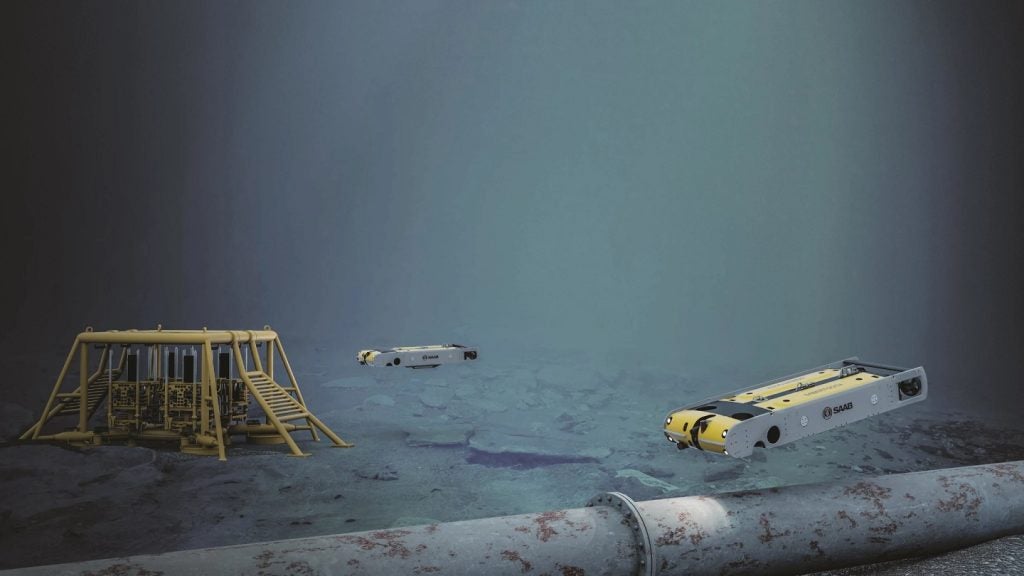Qinetiq, BAE Systems and Inzpire, the developers of the Platform Enabled Training Capability (PETC), have demonstrated the second phase of the system to the Royal Navy.
At HMNB Portsmouth, the team fitted three Royal Navy vessels – the Type 23 frigate, HMS Kent (F78); Type 45 destroyer, HMS Diamond (D34) and one of the nation’s two aircraft carriers, HMS Queen Elizabeth (R08) – with its PETC system.
The PETC programme is a complex, synthetic and collective training system with which Royal Navy personnel face an immersive and realistic warfighting scenario simulated in a virtual environment.
PETC development
During the first phase, QinetiQ and Inzpire demonstrated PETC on HMS Kent, in the ship’s operations room. The team used advanced sensor emulators to construct the scenario. The team loaded the combat system directly into the the vessel. This process allowed Inzpire’s White Force to execute and direct a training scenario.
Now, the second phase brings this system aboard the three separate ships as a collective training system.
Lieutenant Commander Stephen Gowling, PETC lead for the Royal Navy stated, “Whilst the use of simulation to train our ship’s crews is far from new, the ability to train them collectively across multiple geographically dispersed units, from their own organic operations room, will be a step change.”
As an alternative to fully live or shore-based synthetic training, the system enables the Royal Navy to demonstrate how synthetics are used to create a fully immersive training environment within a ship’s own operations room.
The use of this synthetic training environment aims to allow for the delivery of training whilst on deployment, across several vessels that may not be geographically close by, presenting opportunities for ships from multiple international forces to practice training together.
PETC therefore aims to provide more opportunities for training alongside international partners within a wartime environment, whilst offering significant time and cost savings to the customer, as well as environmental benefits due to the ships and crews not having to travel to the same extent for the synthetic collective training, compared with live training.











